Feeding Plants
roxboro
18 years ago
Related Stories
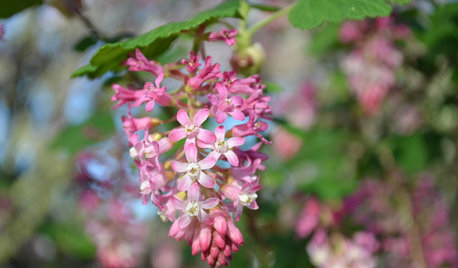
GARDENING GUIDESGreat Design Plant: Feed Wildlife With Flowering Currant
Blossoms and berries make this plant irresistible to birds, bees and other critters — and a treat for the eyes too
Full Story
GARDENING FOR BIRDSFeed the Birds: 6 Plants for Abundant Winter Berries
Be kind to your fair feathered friends during lean food times by planting a shrub or tree loaded with nutritious snacks
Full Story
GARDENING GUIDES8 Native Shrubs for Year-Round Bird Feeding
It’s not just about berries. These plants provide insects for birds and seasonal interest for gardeners
Full Story
GARDENING GUIDES15 Native Flowers That Feed Native Bees
These perennials offer superfood to hundreds of bees and are gorgeous in their own right
Full Story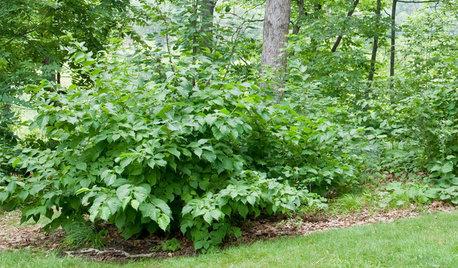
GARDENING GUIDESGreat Design Plant: Corylus Americana Awakens the Woodland Garden
Plant American hazelnut for three seasons of interest and to feed our furry and feathered friends
Full Story
WINTER GARDENING10 Native Wildflowers to Beautify Your Winter Garden
They stand strong in wind, feed wildlife and are easy to grow. But you may want to add these plants for their looks alone
Full Story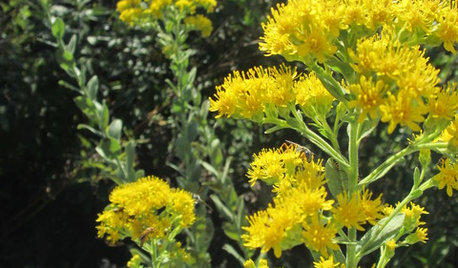
FALL GARDENINGGreat Design Plant: Oligoneuron Rigidum Brightens Fall Gardens
Create a pollinator feeding ground with this cheery, fuss-free goldenrod, formerly known as Solidago rigida, native to much of the U.S.
Full Story
FARM YOUR YARDHow to Get Good Soil for Your Edible Garden
The nutrients in your soil feed the plants that feed you. Here are tips on getting it right — just in time for planting season
Full Story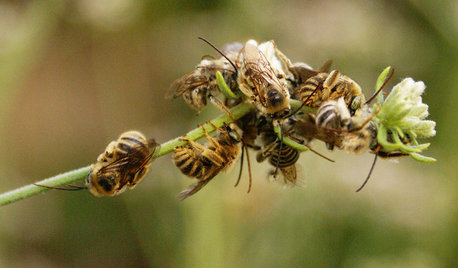
GARDENING GUIDESGreat Design Plant: California Buckwheat Pleases Pollinators
Beneficial insects go wild for this drought-tolerant plant’s summer flowers, while seed heads feed critters foraging in the cold
Full Story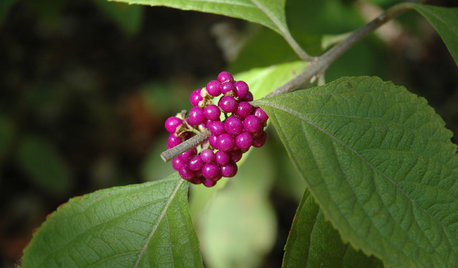
GARDENING GUIDESGreat Design Plant: Nourish Wildlife With American Beautyberry
The bright purple berries of Callicarpa americana feed winged beauties and make the Southeast U.S. native a fall garden standout
Full Story





tapla (mid-Michigan, USDA z5b-6a)
blueheron
Related Professionals
Foothill Ranch Landscape Architects & Landscape Designers · Franconia Landscape Architects & Landscape Designers · Seabrook Landscape Architects & Landscape Designers · South Elgin Landscape Architects & Landscape Designers · Wixom Landscape Architects & Landscape Designers · Aurora Landscape Contractors · Battle Ground Landscape Contractors · Bergenfield Landscape Contractors · Kaneohe Landscape Contractors · Middleton Landscape Contractors · Palos Verdes Estates Landscape Contractors · Royal Oak Landscape Contractors · Vashon Landscape Contractors · Dayton Window Contractors · Mill Valley Window Contractorsmarti1949
tapla (mid-Michigan, USDA z5b-6a)
birdsnblooms
tapla (mid-Michigan, USDA z5b-6a)